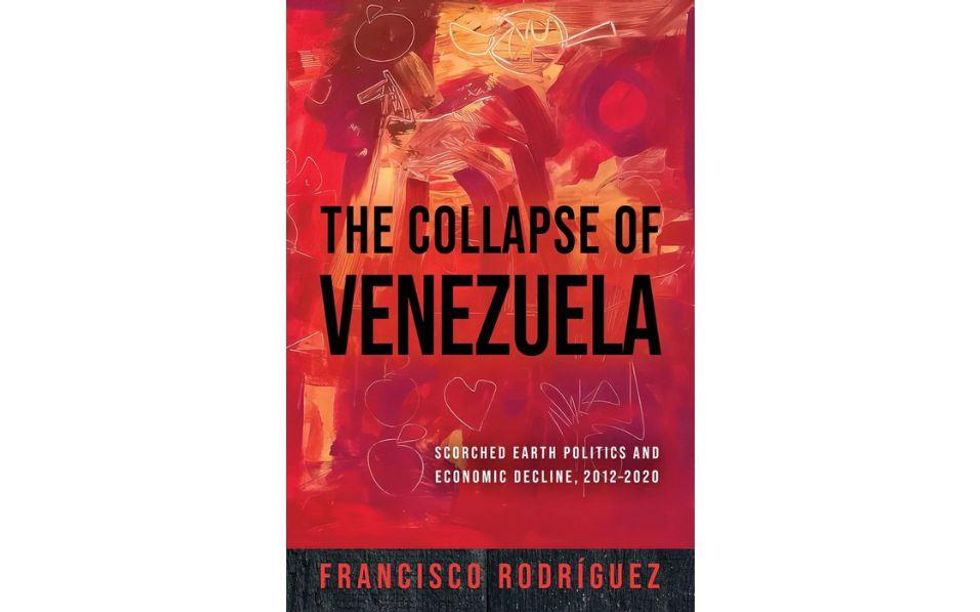Biden has begun reducing the U.S. military footprint in the Middle East. An aircraft carrier, surveillance systems, and at least three Patriot anti-missile batteries have been removed from the Gulf region, reportedly as part of an overall strategy to shift U.S. military capacity elsewhere, ostensibly to counter China.
U.S. presidents since George W. Bush have expressed the desire to reduce the presence of the U.S. military in the Middle East, yet each was forced to remain heavily engaged in the region. Even Trump, who campaigned on ending endless wars and negotiated a U.S. exit from Afghanistan, left office with more troops on the ground in the Middle East than when he arrived.
Some commentators interpreted the move as routine: Dave Des Roches, associate professor at National Defense University and expert in Gulf military affairs, explained in a tweet that the move reflected a reduction in force presence in Saudi Arabia that Trump had built up after the drone attack on the Abqaiq oil facility in September 2019. He advised “Don’t read too much into this.”
Yet Trump was the first president to reintroduce U.S. troops to Saudi Arabia in 2019 after they were removed in the wake of the 9/11 attacks. Biden may decide to return to a policy that views U.S. troops in the land of the two holy mosques as unnecessarily provocative. The move also re-evaluates a policy announced on January 26, five days into Biden’s administration, when the Pentagon stated it might increase U.S. troops in the Kingdom, a move that may have reflected the preferences of the Trump administration but not necessarily Biden’s. In general, Trump’s approach to the region prioritized bellicosity towards Iran as well as weapons sales.
In contrast, the Biden administration seems to be finally overturning Trump’s approach to Iran, with the recent news that the US and Iran, alongside European, Chinese, and Russian counterparts, will begin discussing steps to restore the Iran nuclear deal in Vienna on April 6.
This news, as well as the reduction of U.S. military capacity in Saudi Arabia as well as the region in general, are sure to alarm Gulf leaders, who welcomed Trump’s weapons sales and aggression towards Iran. The National, a prominent English language daily newspaper published in the UAE, highlighted that the reduction comes as Saudi Arabia faces enhanced drone and missile attacks from Yemen’s Houthi rebels. Biden has expressed his determination to support Saudi Arabia’s efforts to defend itself from Houthi attacks, however the most effective means of reducing Houthi belligerence would likely be for Saudi Arabia to end its military offensive against targets in Yemen.
In general, as Biden tries to finally shift the U.S. out of the Middle East, actors in the region will have to base their decisions on their own willingness to absorb the costs of aggression, rather than relying on the U.S. to do so for them. Arguably, if an earlier U.S. president had done so sooner, Saudi Arabia might have decided not to launch its ill-conceived war on Yemen, preserving itself from both Houthi attacks and an enhanced Iranian presence on its southern border.
























